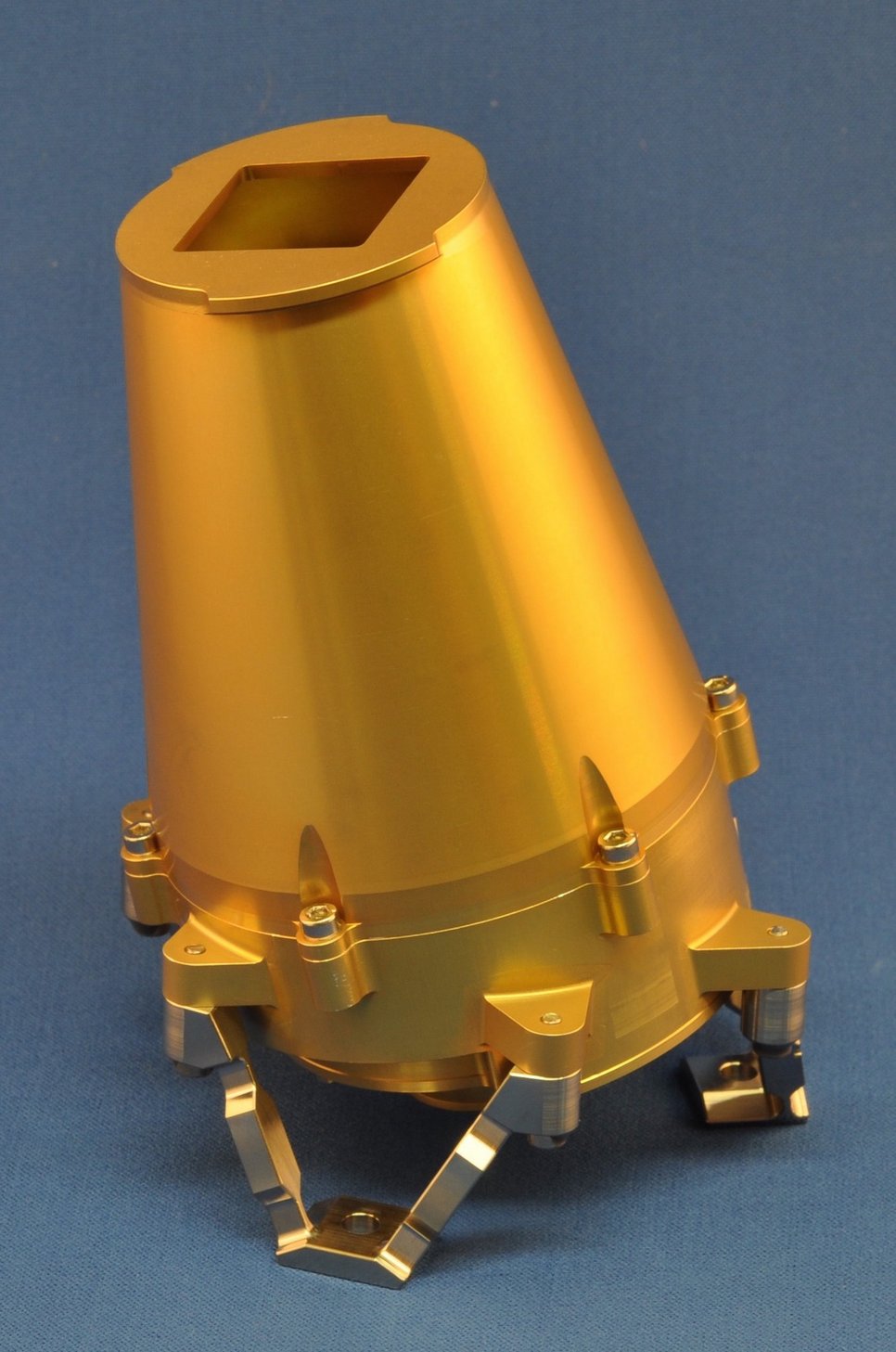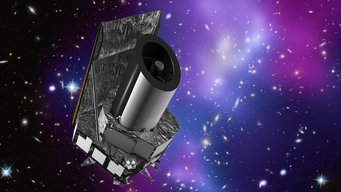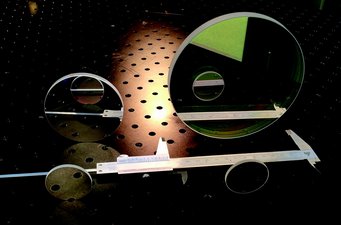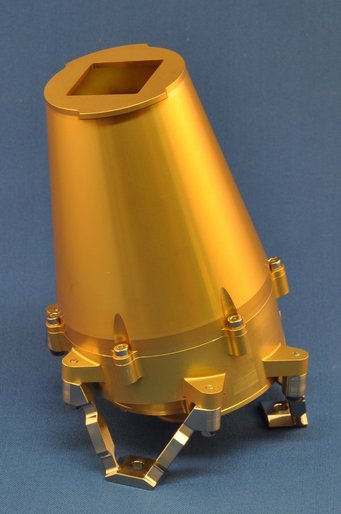Euclid-Instrument NISP successfully passed Critical Design Review
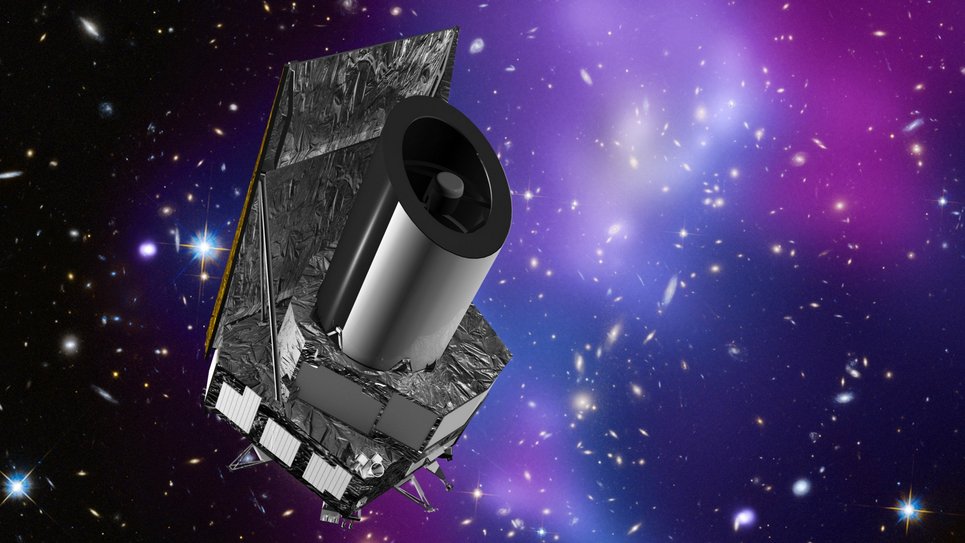
Euclid is a future, six-years lasting, satellite mission of the European Space Agency (ESA) which is planned to be launched in the year 2020. The Euclid satellite consists mainly of a reflecting telescope with a 1.2m primary mirror and two instruments, VIS and NISP, for simultaneous optical imaging (VIS) or near-infrared imaging and spectroscopic observations (NISP).
The main scientific goal is to survey distances and morphological shapes of galaxies out to redshifts of z ~ 2 on at least 40 percent of the sky. The huge amount of data will help astronomers to map the geometry of the universe on cosmological scales and to explore the nature of the mysterious Dark Matter and Dark Energy and their influence on the evolution of galaxies and the universe as a whole. This will be possible due to millions of spectra and imaging data of billions of galaxies.
MPIA is contributing to NISP and the Euclid mission through several hardware components and scientific projects. A particular challenge is the development of three near-infrared filters of 130mm diameter – larger than any kind of filters that have been sent into space before. Further central tasks are the development of the calibration lamp system, including custom-made infrared LEDs, the calibration coordination, instrument simulations, instrument-scientist duties, and science projects.
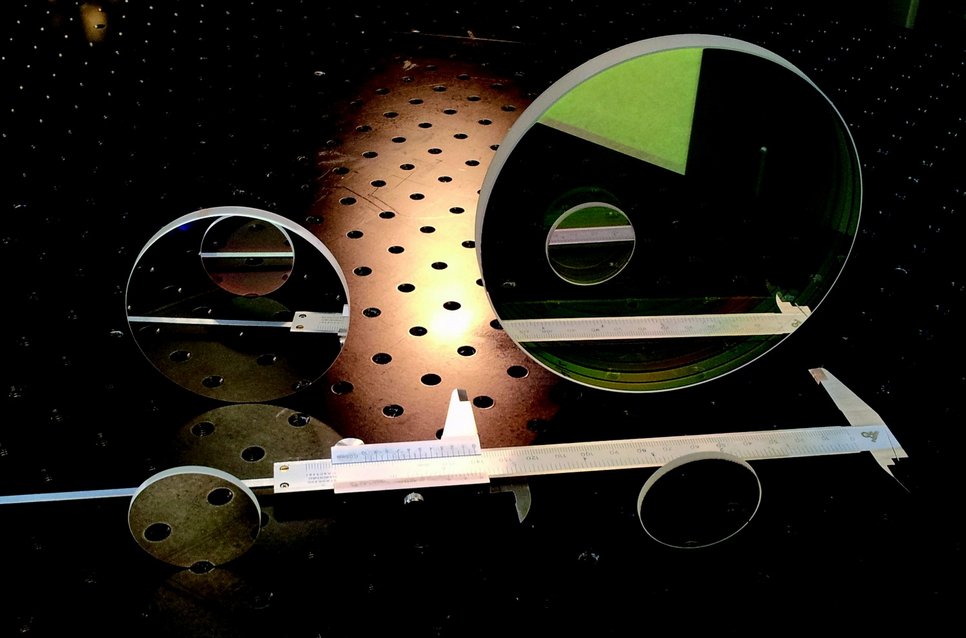
Currently, the MPIA Euclid team consists of
- Knud Jahnke (Local Project Lead / NISP-P Instrument Scientist),
- Felix Hormuth (Local Project Manager / Hardware Engineering),
- Gregor Seidel (NISP-P Image Simulations),
- Stefanie Wachter (Euclid Calibration Working Group Lead / NISP-P Calibration Lead), and
- Hans-Walter Rix (Euclid Board Member and Euclid Science Team member).
Four members are funded by the German Aerospace Center (DLR).
The international Euclid Scientific Consortium (EC) is headed by Yannick Mellier (IAP, France) and includes about 1150 scientists and engineers from 14 countries.
